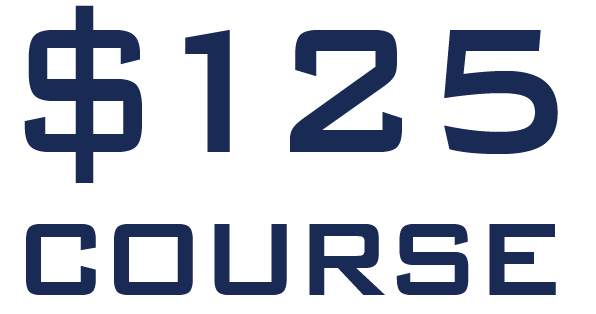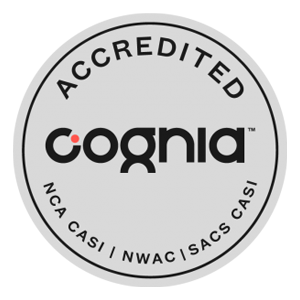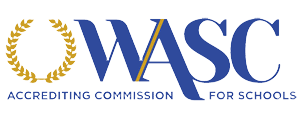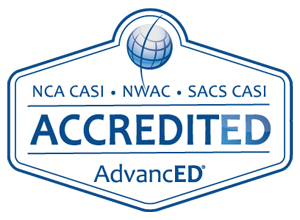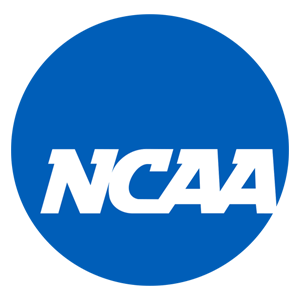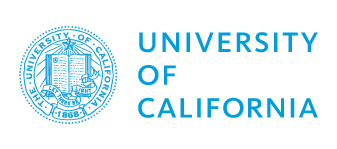SAT Test Dates 2025-2026: Everything You Need to Know
The 2025-2026 SAT testing year offers multiple opportunities for students to showcase their academic readiness, with test dates strategically scheduled throughout the academic calendar to align with college application deadlines and preparation timelines. International students can earn a U.S. high school diploma online.
1. Overview of the 2025-2026 SAT Schedule
The SAT administers seven national test dates annually, spanning from August 29 2025 through June 6 2026, with most dates confirmed months in advance.

1.1 Key Testing Months and Official vs. Anticipated Dates
The College Board typically schedules SAT test dates in August, October, November, December, March, May, and June, with August 29 2025 and October 4 2025 dates serving early applicants best. Currently, fall test dates through December 6 2025 are officially confirmed, while spring dates like March 14 2026, May 2 2026, and June 6 2026 remain projected based on historical patterns. International testing follows similar scheduling but excludes March administration. Schools should verify specific SAT test dates through official College Board announcements as spring approaches. Note that ACT test dates differ from SAT schedules, with the ACT offering September 13 2025, October 26 2025, December 13 2025, February 21 2025, April 3 2025, and June 20 2025 options. Students planning to take the SAT during junior year should begin preparation early. Score release dates typically fall within two weeks after each test date, though November 8 2025 and May 22 2026 administrations may have slightly delayed score release dates due to high volume. Registration deadlines close approximately four weeks before each test date, with late registration extending another week. Test centers fill quickly for popular dates like October 4 and December 6 2025, so students should register early. The June 7 2025 administration marks the final test date of the current academic year before the 2025-2026 cycle begins with August 29 2025. Students requiring testing accommodations must submit documentation by September 19 2025 for October testing, November 21 2025 for December, and continue meeting deadlines throughout the year. Your guidance counselor can assist with accommodation requests and fee waiver applications. During each test, students receive one five minute break after the reading section. When time expires, proctors will announce “stop working” immediately. Test sites open at 7:45 AM for check-in, with testing beginning promptly afterward. The allotted time for each section remains strictly enforced. For identification purposes, bring government-issued photo ID matching your College Board account information. Regular cancellation policies apply to all test dates, allowing changes until five days before testing. Free score reports to colleges expire nine days after scores release. Plan to arrive at your test center by 7:45 to ensure smooth check-in. October 3 2025 marks the late registration deadline for October 4 testing. Similarly, November 7 2025 serves as the late deadline for November 8 testing. May 26 2025 represents the final spring registration deadline before summer break. August 15 2025 opens registration for fall dates. September 12 2025 closes regular registration for October. The May 22 2025 administration offers the last junior year opportunity before summer. December 19 2025 marks winter score releases. March 27 2026 provides spring score availability. June 5 2025 represents the current year’s final regular deadline. Note that colleges receive scores electronically faster than paper reports. ACT and SAT scores serve similar purposes for college admissions, though formats differ. Students often take the SAT twice during testing windows. Colleges typically accept scores from any 2025-2026 administration. Free preparation resources help students maximize scores without additional costs. Begin studying at least eight weeks before your chosen test date. October remains the most popular testing month for seniors. December offers a final fall opportunity to take the SAT. Plan your testing schedule around academic commitments and college deadlines. Note that international test dates may vary from domestic schedules. Colleges consider your highest SAT scores when evaluating applications. For structured prep, consider our fully accredited online courses.

2. Registration Deadlines and Late Policies
Missing registration deadlines results in additional fees that significantly increase testing costs beyond the standard SAT registration rate.

2.1 Regular vs. Late Registration Fees
Standard SAT registration costs sixty dollars when completed by the regular registration deadline, typically four weeks before each test date. Late registration incurs an additional thirty-dollar fee, bringing total costs to ninety dollars. Students can avoid these extra charges by setting calendar reminders three days before registration deadlines, creating College Board accounts early, and having payment methods ready to prevent last-minute technical issues. Fee waiver eligible students receive free registration through their guidance counselor, covering both regular and late registration periods when properly documented.

3. Steps to Register for the SAT
Registration requires completing several sequential steps through the College Board website, from creating your College Board account to final confirmation and ticket printing. For supplemental classes, see our guide to enrolling in an SVHS course.

3.1 Creating Your College Board Account
Account setup requires your legal name matching government-issued identification, date of birth, mailing address, email, and high school information. The system mandates uploading a recognizable headshot photo that clearly shows your face without sunglasses or hats. This photo appears on your admission ticket and helps test center staff verify identity, so ensure your appearance on test day reasonably matches your uploaded image when you register for the SAT.

4. Choosing the Right Test Date
Selecting optimal SAT test dates requires balancing preparation time, application deadlines, and potential retake opportunities within your academic schedule.

4.1 Aligning with College Application Deadlines
Early decision applicants typically need scores by November first, making August and October test dates ideal choices. Regular decision deadlines in January allow more flexibility, accommodating December testing. Students should schedule their first attempt at least two months before application deadlines, creating buffer time for one retake if needed while avoiding conflicts with finals or major extracurricular commitments during junior year. Homeschool families can review our homeschooling college prep guide.

5. Planning for Scores and Retakes
Strategic planning for multiple attempts maximizes chances of achieving target scores while meeting application timeline requirements.

5.1 Score Release Windows and Retesting Strategies
Digital scores typically release within two weeks of testing, though paper score reports take longer. Most students benefit from taking the SAT twice, with statistics showing average improvements of twenty to forty points on second attempts. Schedule retakes after reviewing detailed score reports to identify weak areas, allowing at least four weeks between test dates for targeted preparation. If summer is your best window to study or earn credit, explore our online summer school courses.

6. SAT Test Day Prep and Essentials
Proper preparation and organization for test day ensures smooth check-in and optimal performance during the examination.

6.1 What to Bring and Expect at the Test Center
Essential items include your printed admission ticket, acceptable photo identification, number-two pencils, and an approved calculator for math sections. Testing begins at eight in the morning with check-in starting at seven-thirty. The exam includes two scheduled breaks totaling fifteen minutes. Prohibited items include phones, smartwatches, and outside reading materials, which must remain in designated storage areas at your test site.

7. Changes, Cancellations, and Fee Waivers
Understanding modification policies and financial assistance options helps manage unexpected circumstances and reduces testing costs.

7.1 Deadlines, Refunds, and Waiver Eligibility
Test date or test site changes cost twenty-five dollars when requested before the change deadline, typically two weeks before testing. Cancellations made five days before testing receive partial refunds minus a ten-dollar processing fee. Fee waiver eligible students meeting income guidelines receive free registration through school counselors who verify financial need and provide access codes for free SAT registration and score reports to colleges.


